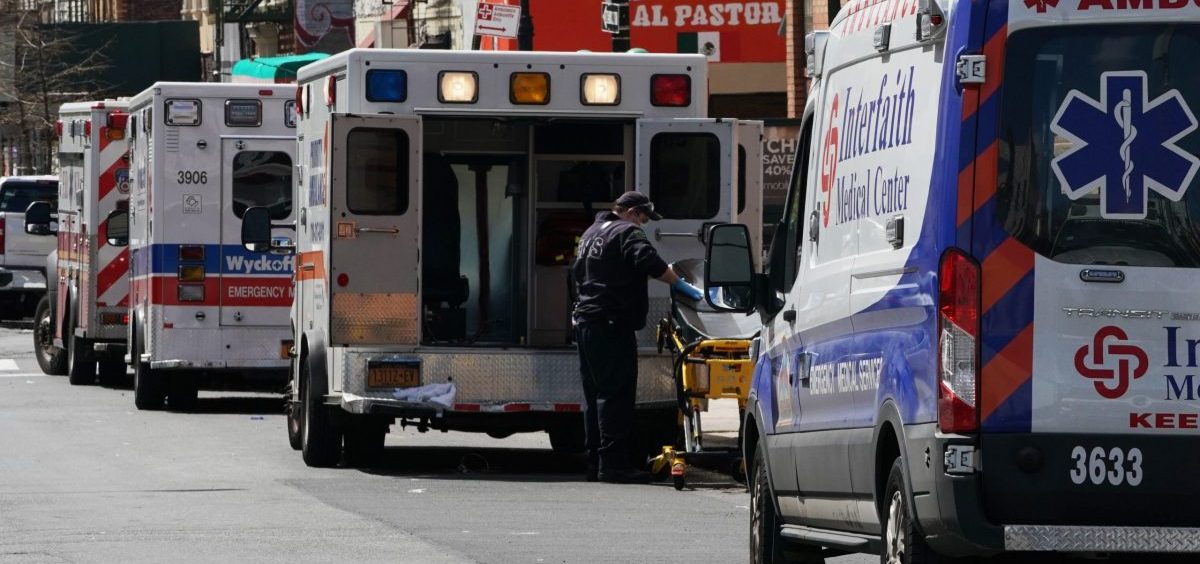News

U.S. Children With COVID-19 Less Likely To Be Hospitalized Than Adults
By: Richard Harris | NPR
Posted on:
The Centers for Disease Control and Prevention has more reassuring news about coronavirus infections among children.
A study published Monday finds that people in the United States under the age of 18 are far less likely to fall ill with COVID-19 or require intensive care, compared with older Americans.
The study looked at about 149,000 infections for which age was known that were reported in the U.S. through April 2. Of those, 2,572 were among people under the age of 18. That’s less than 2% of total cases, even though that age group makes up 22% of the U.S. population.
The CDC cautions that most reports of coronavirus cases among children are incomplete, which adds uncertainty to the report’s specific numbers.
Relatively few children with COVID-19 ended up in the hospital, and fewer still required intensive care. But hospitalization status was known in only 29% of cases involving children.
Based on the partial data analyzed in this study, between 5.7% and 20% of sick children end up in the hospital, and 2% or fewer end up in intensive care, the paper says. For adults ages 18-64, the proportion hospitalized was between 10% and 33%, and 1.4% to 4.5% required intensive care.
Hospital admission was most common with children under the age of 1 or young people with underlying health conditions, the CDC report says. The study observed three deaths among the population it covered.
More than a quarter of children didn’t show any one of the three classic signs of this disease: fever, cough and shortness of breath. And only 56% of the cases sampled had included fever as a specific symptom. That means many children may be spreading the disease even though they don’t seem to be sick.
Only 7% of the cases in people under the age of 18 can be explained with known risk factors, such as travel to a country where the disease was circulating widely. That means children are picking up the disease in their communities — and quite likely spreading it.
The authors conclude: “Because persons with asymptomatic and mild disease, including children, are likely playing a role in transmission and spread of COVID-19 in the community, social distancing and everyday preventive behaviors are recommended for persons of all ages to slow the spread of the virus, protect the health care system from being overloaded, and protect older adults and persons of any age with serious underlying medical conditions.”
You can reach NPR Science Correspondent Richard Harris at rharris@npr.org.
9(MDI4ODU1ODA1MDE0ODA3MTMyMDY2MTJiNQ000))

